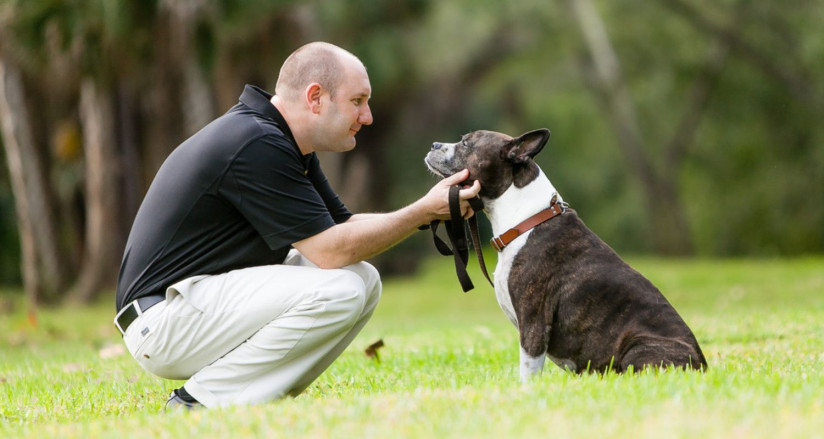How Can I Show My Dog Affection Without Reinforcing Bad Habits?
The bond between dogs and humans is truly special. Our pets bring us joy, become beloved family members, and offer unwavering, unconditional love. Naturally, we want to show our dogs affection and appreciation! But how do dogs show affection, and are we expressing love in ways they truly understand?
Surprisingly, years of experience have taught us something hard to believe: it can be possible to love your dog too much - or in ways that reinforce unwanted behaviors.
Understanding how dogs show affection and respond in a way they appreciate is key to strengthening your relationship. Here’s how to show your dog you love them while ensuring positive behaviors and clear communication.
Dogs Need Boundaries
While a hands-off approach to pup parenting may seem like the kind thing to do, dogs thrive with structure and leadership. Without leadership and guidance to feel secure, dogs can become overly protective, demanding or even aggressive. Establishing and reinforcing boundaries is not only healthy but can be done using a foundation of trust and respect, rather than fear and dominance.
Understanding How Dogs Show Affection
Humans express love through hugs, kisses, and touch. Dogs show affection with gestures too like nuzzling, nudging, or snuggling. However, human expressions of affection can sometimes have a different meaning for dogs. For example, hugging, which we see as a sign of love, may feel dominant or assertive to them.
To make sure your dog feels comfortable, respect their space and introduce hugs gradually.
Be Gentle and Respectful
Some forms of touch can be misinterpreted. Pets and belly rubs can be calming to dogs. However, pawing between dogs is an expression of assertiveness.
Focus on gentle petting – like a chin stroke or rubbing behind the ears – to show affection and reinforce good behavior without confusion.
Be especially mindful of young children, who may be overly physical with their affection. Remind them to keep their movements slow and calm to ensure they interact with dogs in a way that builds trust.
Dogs Learn by Association
If a dog has experienced rough handling, rebuilding trust takes time. Wait for clear body language cues that indicate your dog is comfortable with physical affection.
Resist Picking Up Your Small Dog
Although it’s tempting to scoop up a tiny pup, dogs aren’t naturally accustomed to being lifted. Pups are typically only picked up by their mothers and when they are young.
We forget that no matter how small, a dog is still a dog. Being lifted can make them feel trapped and stressed - or even unintentionally support aggressive behavior by giving them a false impression of their leadership status in the home.
How to Show Your Dog You Love Them the Right Way
A strong bond is built on love, trust, and respect. By learning how to show your dog you love them in ways they understand, you reinforce positive behaviors and deepen your relationship.
The Power of Affection at the Right Time
Dogs crave attention, so timing matters. Giving attention to misbehavior can actually encourage it, as dogs may amplify their actions to get your focus. Likewise, using an overly excitable tone at the wrong moment—such as trying to soothe a fearful pup—can reinforce unwanted behaviors.
Reward calm, desirable behavior. Pet your dog when they are calm and happy, not excited and jumping, and use your judgment on when to use the affectionate “doggy voice.”
If your dog has picked up some bad habits, a Bark Busters trainer is just a call away. We’ll teach you to communicate in the way dogs understand so you can enjoy expressing and receiving affection and live a happier life together with your dog!
Related Articles
